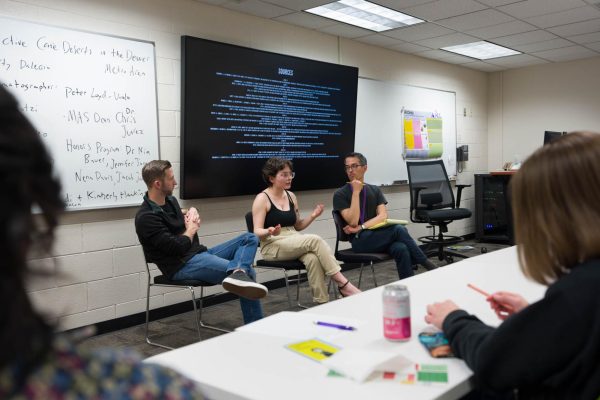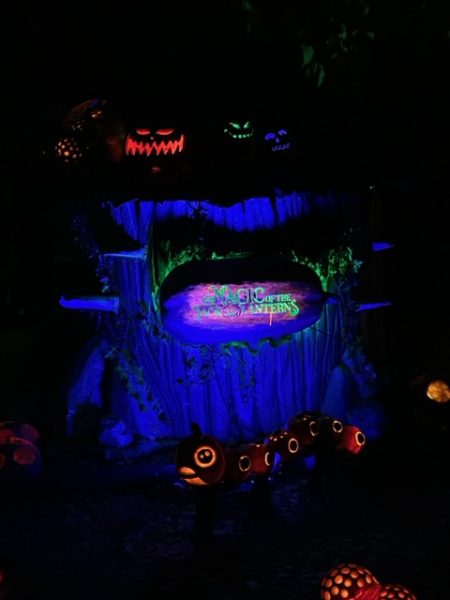No One Else
A Personal Student Essay
Image via Andrea Piacquadio
Stock image via Pexels.
Growing up as an Indonesian kid in the States was an experience I was socially unprepared for, especially because I was already socially awkward. Learning the social balance, cultural balance and even personal balance was a plate I was barely able to handle.
Knowing the differences between the fish and rice combinations I ate at home and the variety of sugary foods popularly consumed in the American diet, I was living in two different cultures, desperate to find an identity to live by.
Although there were many obstacles I needed to adapt to, language and writing were one of the aspects I despised the most; that was up until I walked into my freshman IB English class.
Before then, all I had ever known about writing was the basics of its structure. Reading was just as basic; books with a couple of hundred pages, a few creative aspects and definitely not enough pictures. Throughout elementary and middle school, we were taught to build our own art, starting with the foundation of sentence structures. After those were solid, we kept our levels of paragraphs strong by supporting every thought with a detailed description. After the structure was finished, we were assigned to go back and paint the masterpiece with descriptive literary colors and bring the written piece to life.
While most people saw a prompt, I envisioned a work of art, but there was one disconnect… I wasn’t creative in the literary sense. In my thoughts, I imagined writing as a grand scheme of different rhythms and colors and patterns. I had always been in the most advanced English class my grade had to offer but I had quickly come to realize that understanding how to write a masterpiece was nothing near as complicated as actually writing it.
I dreaded the moment any of my English teachers assigned a creative writing assignment because throughout my elementary and middle school years, I would spend hours per assignment only to miss points because there was a disconnect between the story-line and the color that brought it to life. No matter how hard I tried, there was always something I was missing when writing these assignments, and I quickly learned that the best way for me to pass the class was to strictly adhere to the prompt, the same way every time. Trying to be creative on my own terms had never gotten me full credit on any assignment, and it wasn’t going to now. Every teacher was looking for the same criteria to be met, regardless of the student’s background. As long as that bottom line was met, I could achieve an “A” on the assignment.
I walked into my freshman IB English class and noticed all the chairs aligned to match a specific pattern, but each chair being positioned slightly different than its neighbor. We began class and the teacher introduced the first novel, “Black Like Me” by John Howard Griffin. As I sat in my chair, I read and listened to my instructor’s voice as she analyzed the hidden meanings behind Griffin’s writing.
As I sat, I looked out the window and watched the sunrise and set, the clouds roll in and out, in rhythm but slightly different than they did the day before. I was no longer reading Griffin’s experience as much as I was experiencing it myself, all in the comfort of my nylon-sewn chair. Then I closed my book and realized the cover no longer said “Black Like Me by John Howard Griffin”, but instead read, “To Kill a Mockingbird by Harper Lee.”
For the first time, I had lost track of time in my English class. I was enjoying the freedom of writing these authors had, and I was so eager to read how the next author was able to captivate his audience by using his style of writing. As I was being exposed to different writing styles and stories, I found that although each book we read fell into one genre or another, each novel was almost completely unique in the way it was written. The literary mannerism in which the authors wrote with, the story and its flow were always unique to the author because it was his story and not his superior’s.
In the search to find and understand my identity and place, I came to realize that I was wasting my time searching for an identity I had already been defined with. I knew who I was, where I came from and where I wanted to go; all I needed was a platform to discover it.
In my freshman English class, I learned that finding my identity was just the surface of the whole process- discovering it was the meat of the scheme. It’s one thing to define my ethnicity, skin tone and hair color, but it’s another to explain its significance. In my freshman English class, I discovered that although my identity follows a general pattern and that I share many similarities with the people I associate with, every person shares the fact that everyone has something that isn’t shared. Similar to the way the chairs were aligned and how the weather is predicted, every author has a story to write and a style to write it with, but the way each story interacts with its writing style is slightly different and that’s what makes it unique.
My journey as a literary student was mostly the same as any other student, but the process in understanding that I shouldn’t pack myself into the same box as my favorite author made me the writer I am today.
“Live like no one else so that later you can live like no one else” was the best way I heard the phrase put, and so I’ll write my story like no one else, so that way I can write like no one else.












